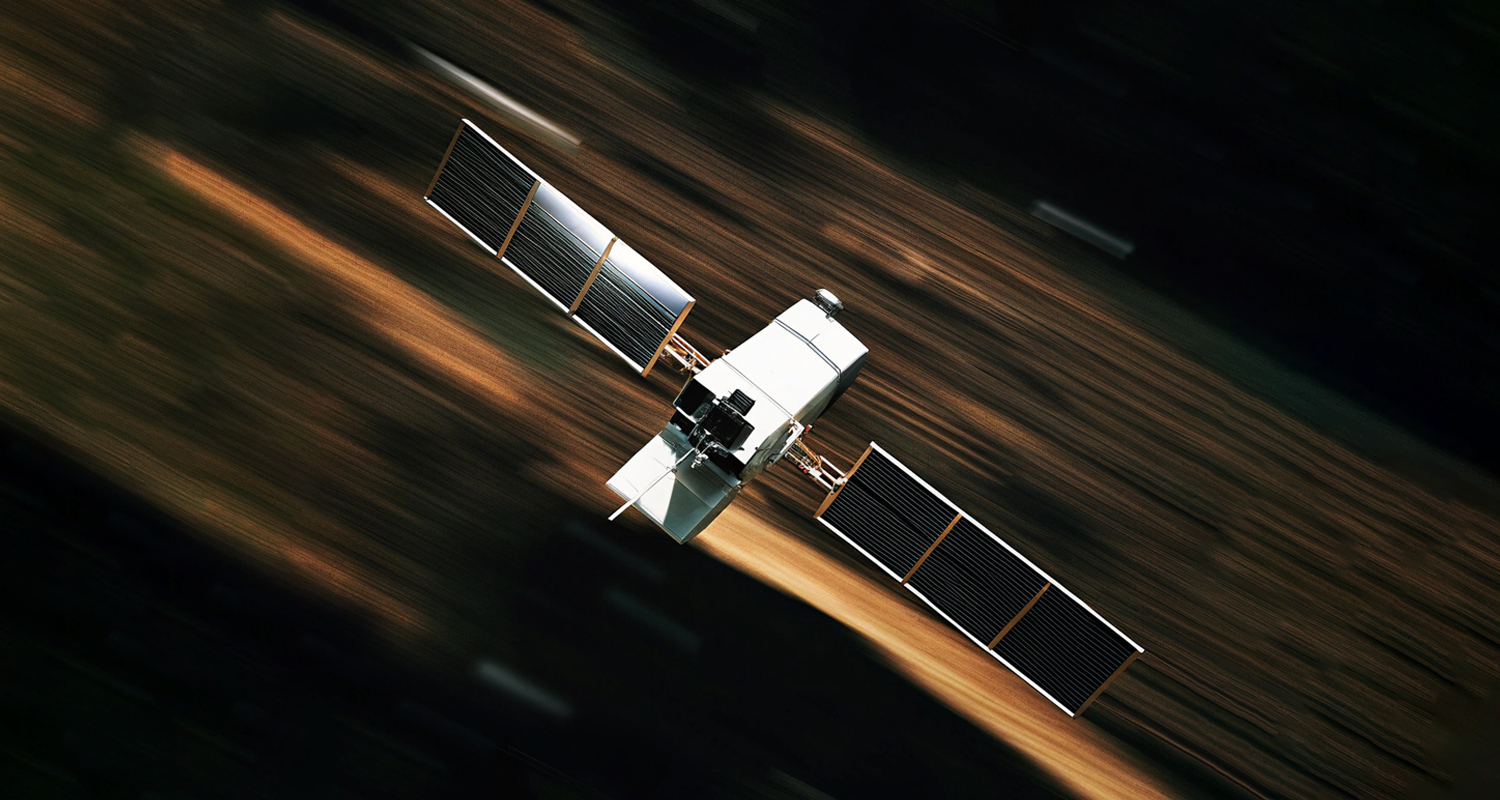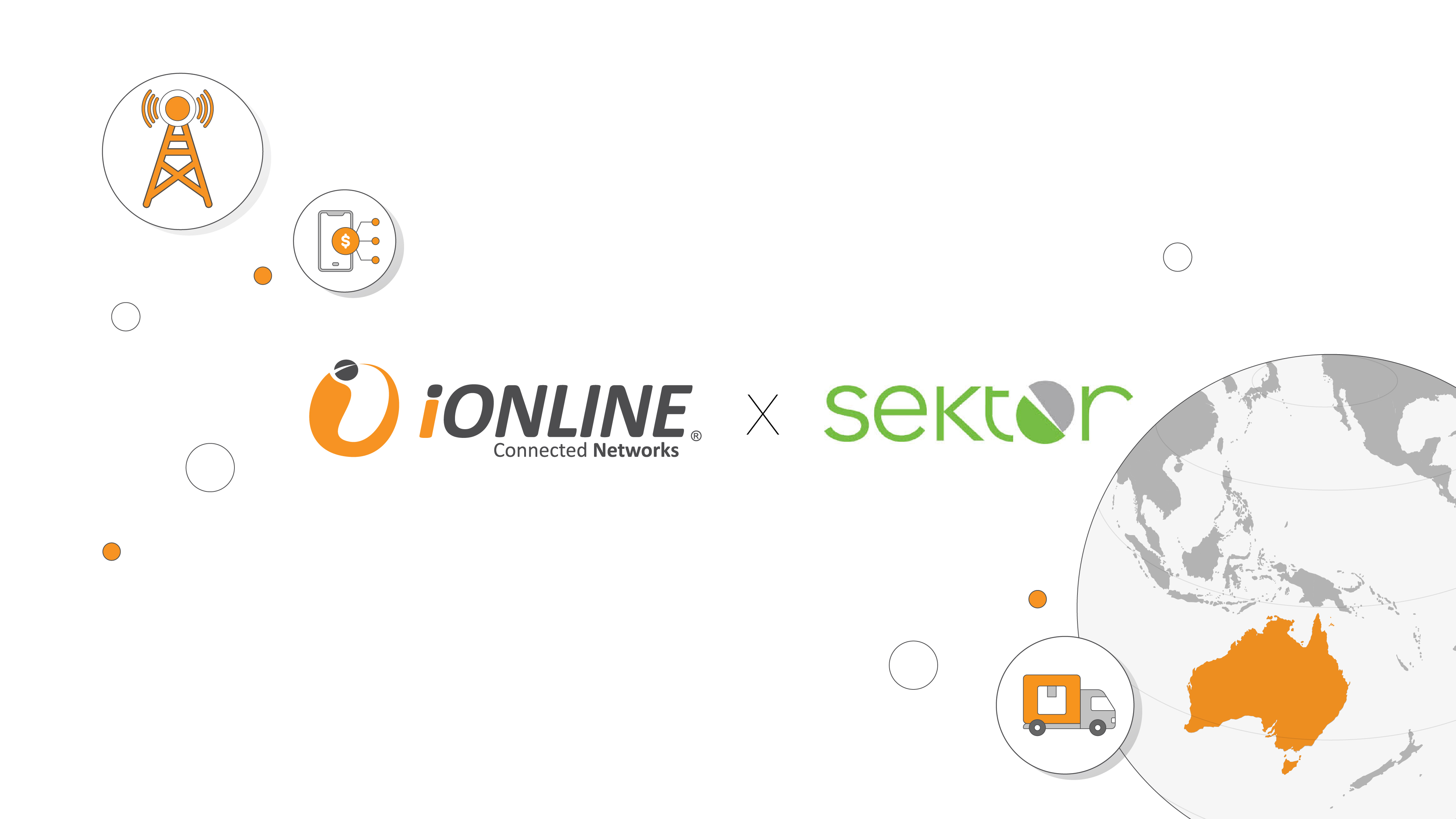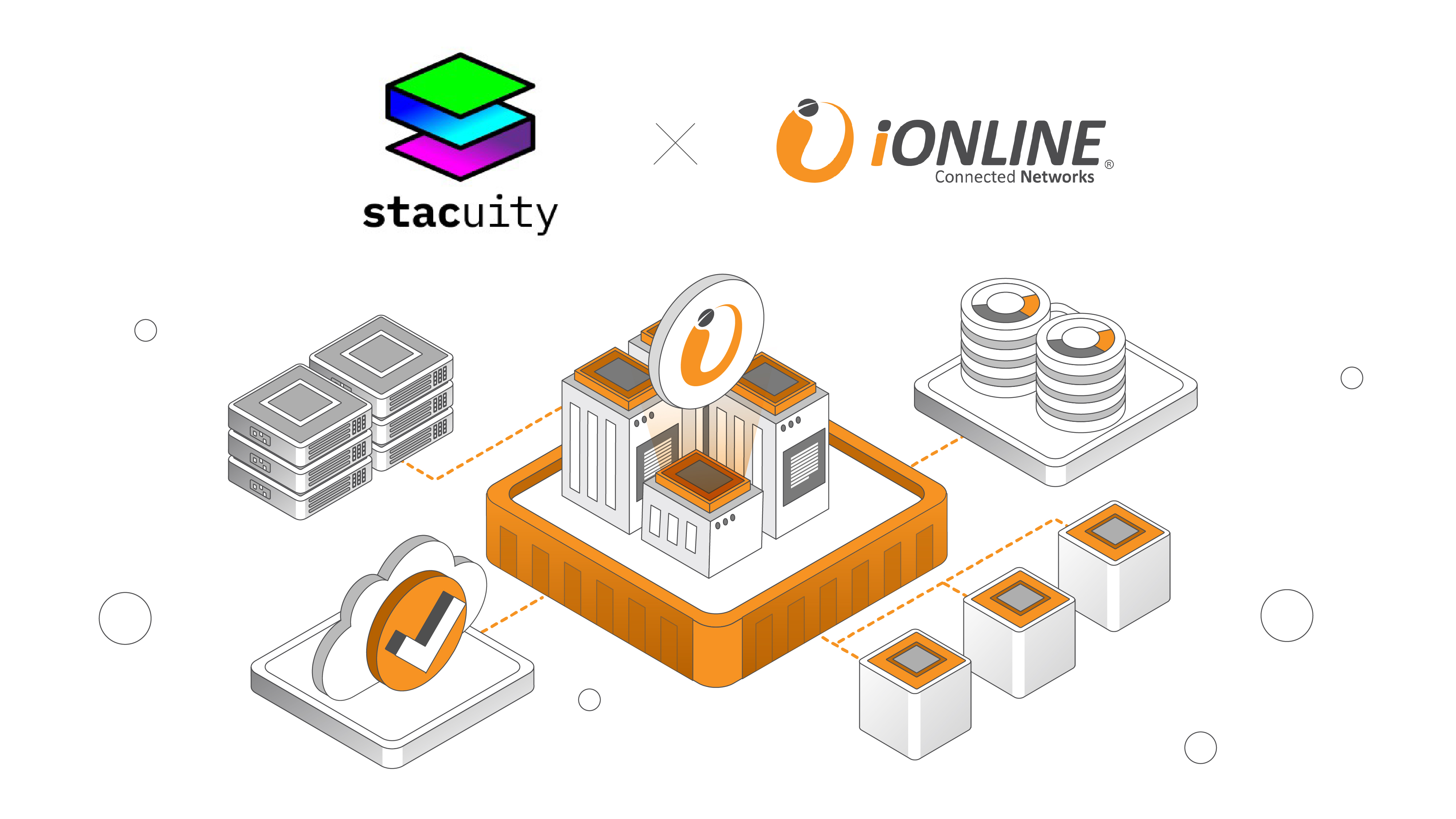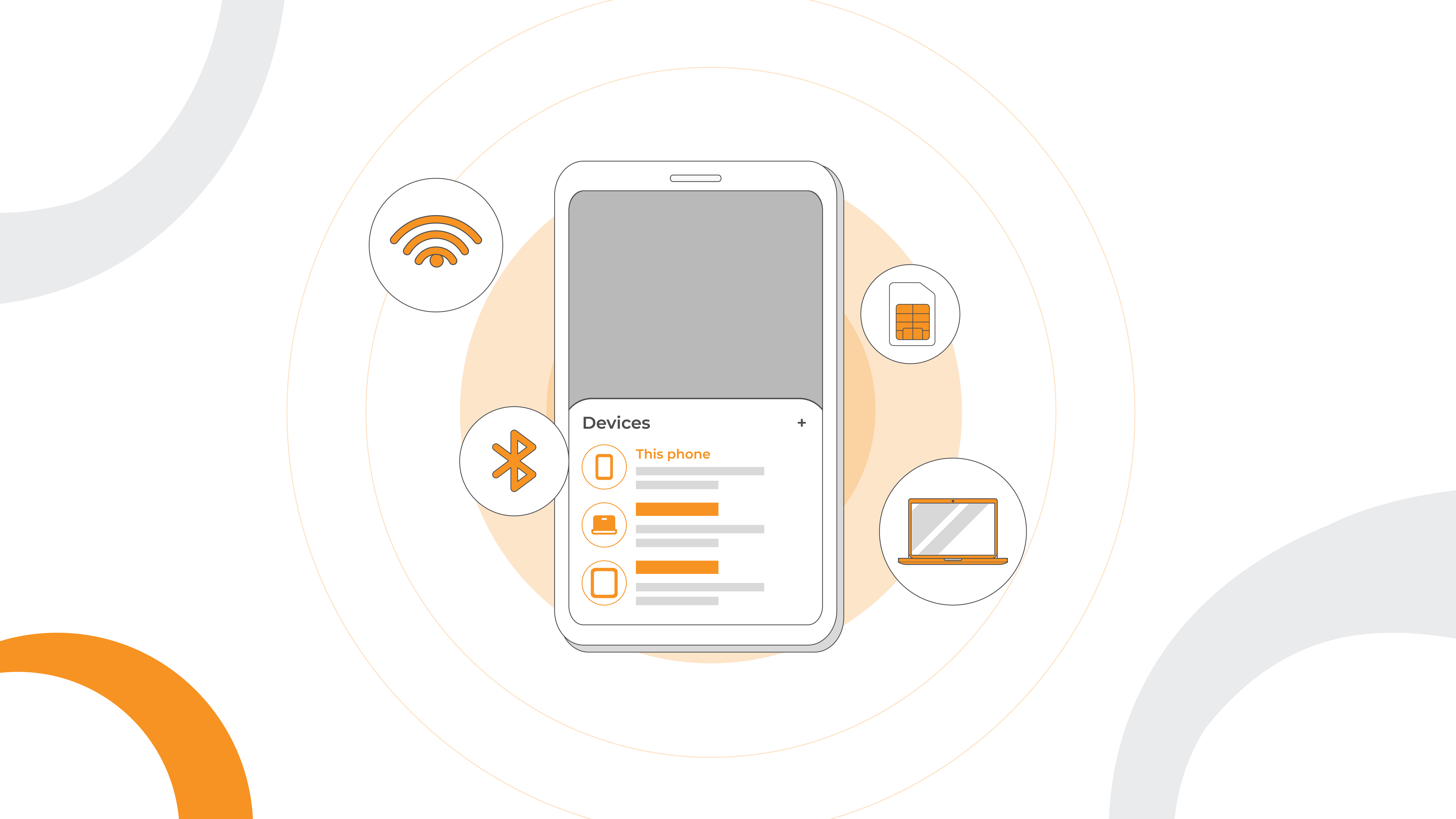
In places where terrestrial networks cannot reach – from oil rigs in the Atlantic to trains crossing the Siberian wilderness – satellite-powered IoT is closing the global connectivity gap. The next evolution in IoT is, quite literally, in orbit.
Historically, high costs, fragmented infrastructure, and lack of interoperability made satellite IoT inaccessible to many. But the landscape is changing fast. Innovative technologies are breaking down barriers and opening new frontiers for connectivity globally.
According to IoT Analytics’ recent ‘Satellite IoT Market Report 2025-2030,’ satellite-powered IoT connections surpassed 7.5 million globally in 2024 – doubling from 3.7 million in 2020. This momentum is set to accelerate, with the market for satellite IoT connectivity and equipment projected to exceed $4.7 billion by 2030.
Growth drivers
Five primary factors are fuelling the satellite IoT surge:
Overcoming obstacles to adoption
While progress is swift, some hurdles remain. Spectrum allocation, regulatory differences, and network security require ongoing attention. Successful adoption will demand both technical and organisational adaptability.
Satellite IoT in action
The satellite IoT landscape is evolving at lightning speed. As technologies advance and costs decline, satellite IoT is becoming both more reliable and accessible – with lower latency and greater data throughput.
For market players, maintaining a competitive edge means prioritising interoperability, investing in hybrid network capabilities, and embracing global standards. For adopters, now is the time to evaluate how satellite IoT can extend business operations to remote or underserved regions, enhance resilience, and support sustainability initiatives such as intelligent agriculture or environmental monitoring.
Already, real-world Satellite IoT deployments are making a difference. For example:
The road ahead
Satellite IoT is rapidly shifting from a niche solution to a cornerstone of global connectivity, with emerging markets in Africa, Asia-Pacific, and polar regions driving demand.
Looking beyond 2030, direct-to-device satellite connectivity and further innovations promise to propel satellite IoT into everyday applications, powering scalable, future-proof solutions around the globe.
From the world’s most remote outposts to bustling urban centres, satellite IoT is transforming what’s possible for connectivity – enabling new opportunities, greater efficiency, and a more connected future than ever before.




